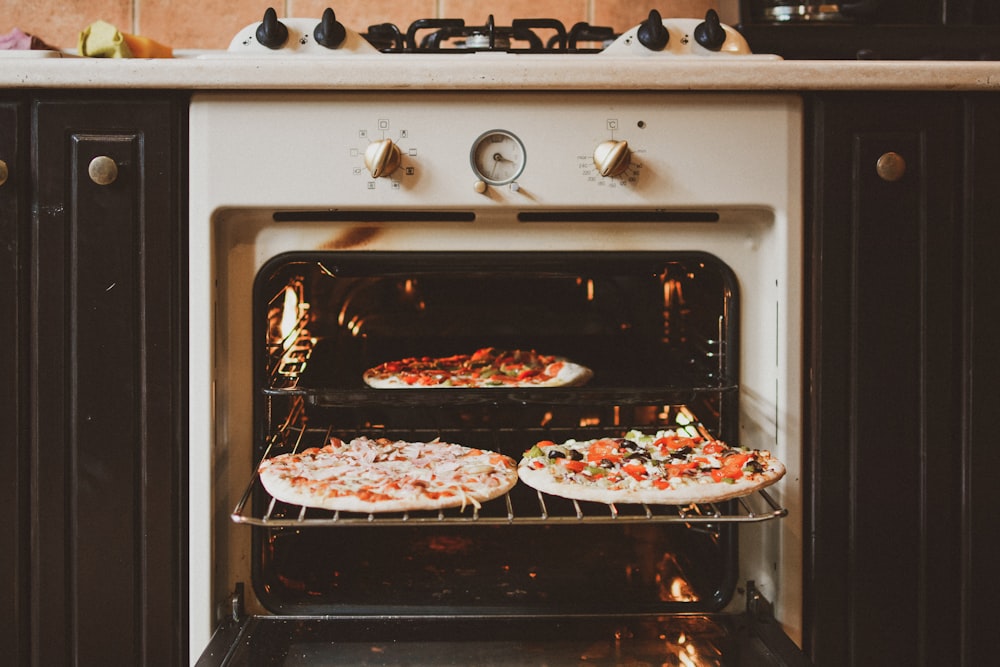Exploring the Art of Cooking for Nutrient Retention
In the quest for a healthier lifestyle, the way we prepare our meals plays a crucial role. Cooking isn’t just about flavors and textures; it’s also about preserving the nutritional value of our ingredients. Let’s delve into the art of cooking for nutrient retention and discover the secrets to unlocking the full potential of our meals.
Understanding Nutrient Loss: The Culinary Challenge
When we expose our ingredients to heat and various cooking methods, there’s a risk of nutrient loss. Heat-sensitive vitamins and minerals can break down or leach into cooking water, diminishing the nutritional content of our meals. To cook for nutrient retention, it’s essential to understand the factors that contribute to this loss.
Cooking Methods Matter: Retaining Goodness in Every Bite
Different cooking methods have varying effects on nutrient retention. Steaming, microwaving, and sautéing are known to preserve more nutrients compared to boiling or frying. Understanding the science behind each cooking technique empowers us to make informed choices that align with our nutritional goals.
The Role of Timing: When to Add Nutrient-Packed Ingredients
Incorporating ingredients at the right time during the cooking process can make a significant difference. Adding delicate herbs and leafy greens towards the end, for example, helps retain their vibrant colors and nutritional benefits. Timing is key when it comes to cooking for nutrient retention.
The Power of Minimal Processing: Keeping It Whole and Fresh
Minimizing the processing of ingredients allows us to retain their natural goodness. Whole foods, unprocessed grains, and fresh produce contain a myriad of nutrients that can be preserved through mindful cooking techniques. Embracing a less processed approach contributes to nutrient-dense meals.
Smart Pairing: Enhancing Nutrient Absorption through Combinations
Certain nutrients are better absorbed when paired with specific foods. For instance, adding a source of vitamin C to iron-rich vegetables can enhance iron absorption. Smart pairing not only elevates the flavors of our dishes but also maximizes the nutritional benefits we derive from our meals.
Preserving Water-Soluble Nutrients: Cook, but Don’t Overdo the Soak
Water-soluble vitamins like vitamin C and some B vitamins are prone to leaching into water during cooking. While soaking certain vegetables before cooking can reduce this loss, it’s crucial not to overdo it. Striking the right balance between soaking and cooking ensures we retain the maximum nutritional value.
Embracing Culinary Creativity: Innovations in Nutrient-Rich Cooking
Cooking for nutrient retention doesn’t mean sacrificing creativity. On the contrary, it opens the door to innovative culinary techniques. From sous-vide cooking to using herbs and spices for flavor instead of excessive salt, there are countless ways to elevate the nutritional profile of our meals without compromising on taste.
Cooking for Nutrient Retention: A Lifelong Learning Journey
For a deeper dive into the art and science of cooking for nutrient retention, explore Cooking for Nutrient Retention. This resource provides valuable insights, tips, and recipes to guide you on a lifelong learning journey towards preparing meals that nourish both body and soul.
In Conclusion: Nourishing Ourselves with Every Meal
Cooking for nutrient retention is a culinary adventure that combines science, creativity, and a commitment to optimal health. By understanding the principles and implementing practical tips, we can savor meals that not only tantalize our taste buds but also provide the essential nutrients our bodies need. Nourish yourself with every meal, and let the art of cooking be a celebration of health.



